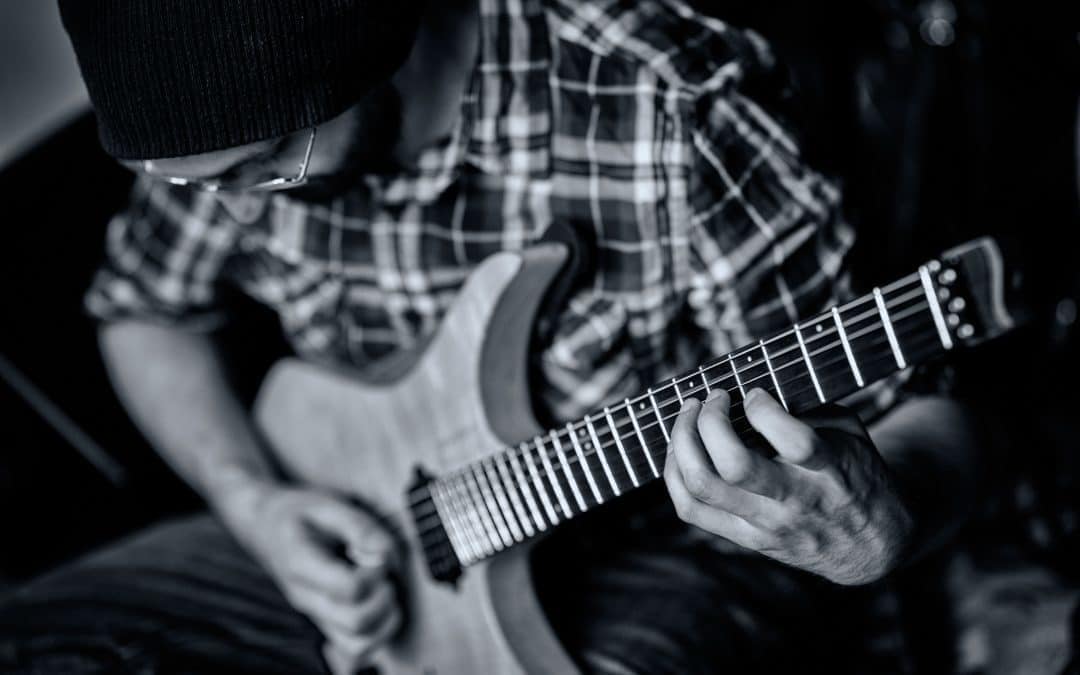Introduction
This series of lessons by Henning Pauly has two major benefits to help supercharge your playing by building on guitar chords for beginners. With these lessons you can;- Quickly figure out just about any chord imaginable, in several places on the fretboard
- Increase your scale knowledge by figuring out these chord shapes
Henning usually does gear reviews, but this small series of lessons is absolutely killer.
Prerequisites
Before diving right into these, it’s crucial that you can play the ultimate guitar chords for beginner guitarists and beyond. I am of course talking about power chords.
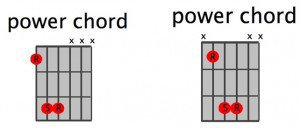
Guitar power chord shapes on the E and A strings
You must also have at least a basic understanding of music intervals and the major scale shape (doesn’t matter if it’s this shape or another as long as you understand the intervals!):
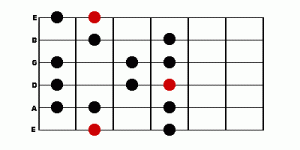
One variation of the major scale shape for guitar
If you don’t have at least a basic grasp of these concepts;
- Google for more information
- Consider booking in for a lesson with me and I can help you work through this
Enjoy the videos and make sure you pace yourself! There’s a tonne of info in here, so add the information in layers, making sure previous lessons are as absorbed into your memory and fingers as possible before movign onto the next.
Why Should I Care/Learn This Stuff?!
Total Possible Guitar Chords
Well, how many chords do you know? How many chords should you know? How many chords are there to know?
Using the 12-note chromatic scale, these are the combinations of notes available to us to make chords from (e.g. combinations of 3 or more notes).
3 notes = 220 +
4 notes = 495 +
5 notes = 792 +
6 notes = 924 = Total playable guitar chords = 2341
Thats A LOT of chords to learn. You might be nuts enough to attempt to learn every single one of these, but as my students know; I’m incredibly lazy efficient and would rather use spacial awareness to help me traverse the fretboard and pick chords up in a more dynamic and friendly way as I go.
Here’s a few use cases for when this skill is handy.
You Are Trying To Learn Or Write Songs
If you are at a point where:
- You’ve learned some basic chord shapes.
- You’re trying to use tabs or your ears to work out songs.
- You either can’t hear the notes in the chord required or don’t know what an A#m(maj7) is when googling for tabs and chord charts.
- You are bored of the chords you are currently using to write your own material
Then this is definitely for you.
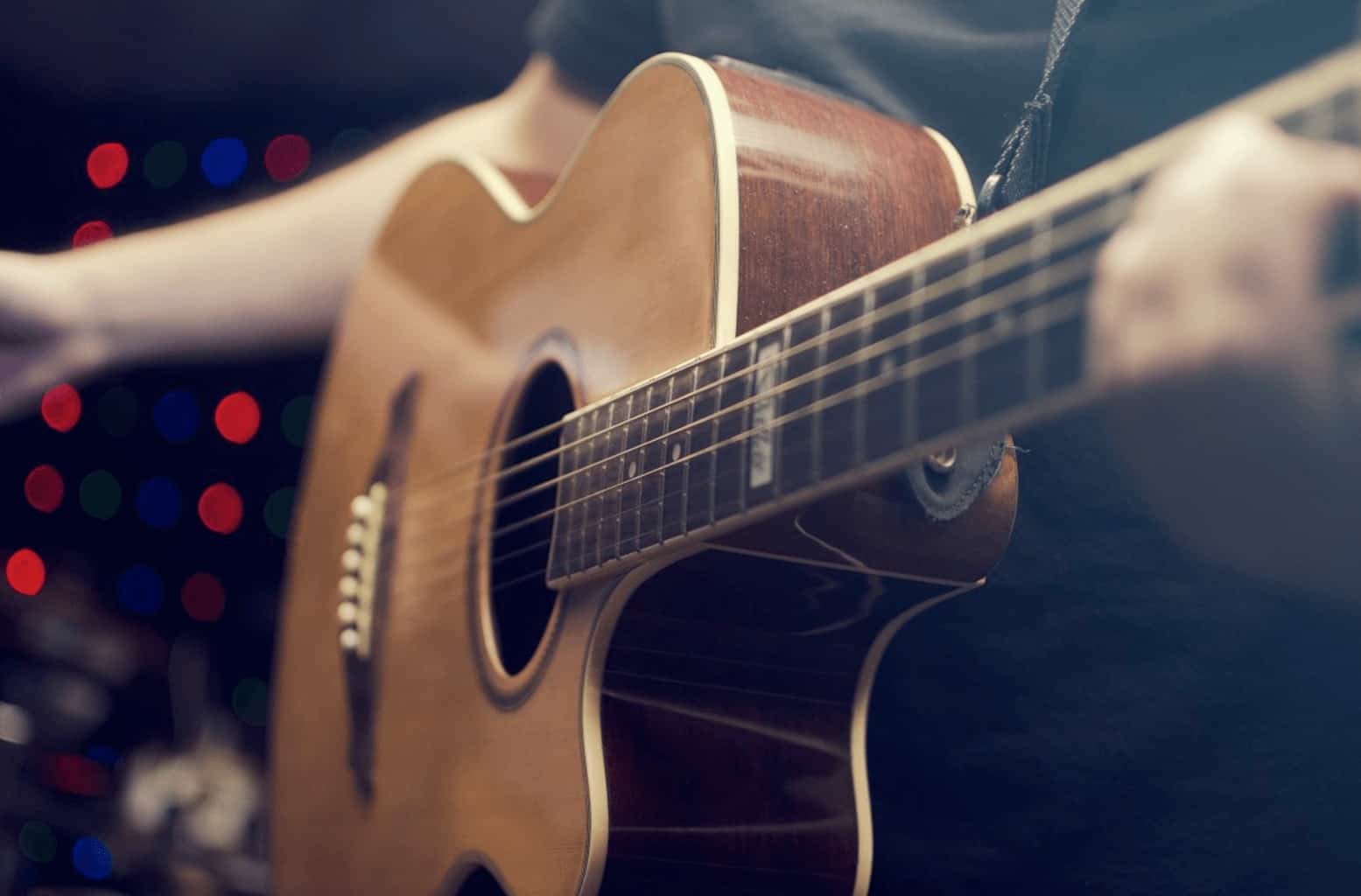
You Like Jamming, Or Want To Learn How To
Having a fretboard of notes to pick from under your finger tips is awesome. Theres so many notes and combinations to choose from! But wait…. which ones actually work with the key or chord you are jamming on right now?!
Minefield right?
If you’ve found yourself in this situation, and you keep finding all the wrong notes; This is for you.
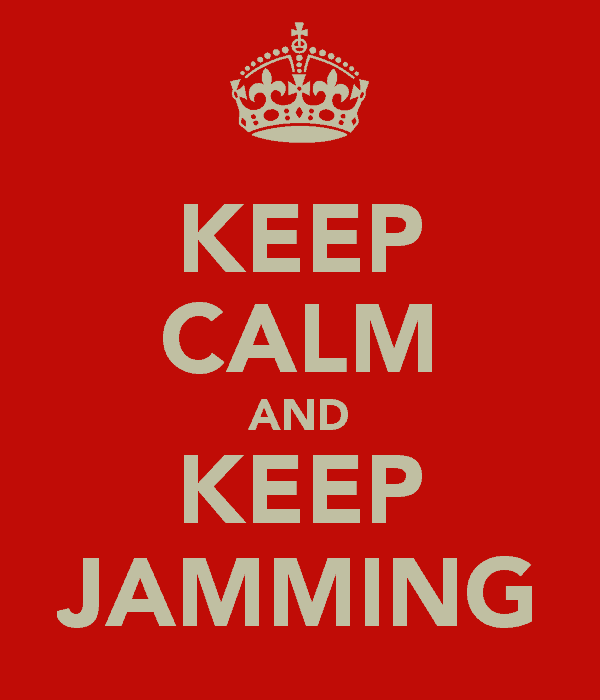
You Are In The Studio
This technique has been particularly useful for me whilst jamming with Jazz pianists. I’m quite often thrown a chord chart the day before a rehearsal (or at the rehearsal), and find my self contending with chords I’m not that familiar with.
If you want to be able to adapt and work with other musicians, without carrying a chord library book around with you …this is for you!
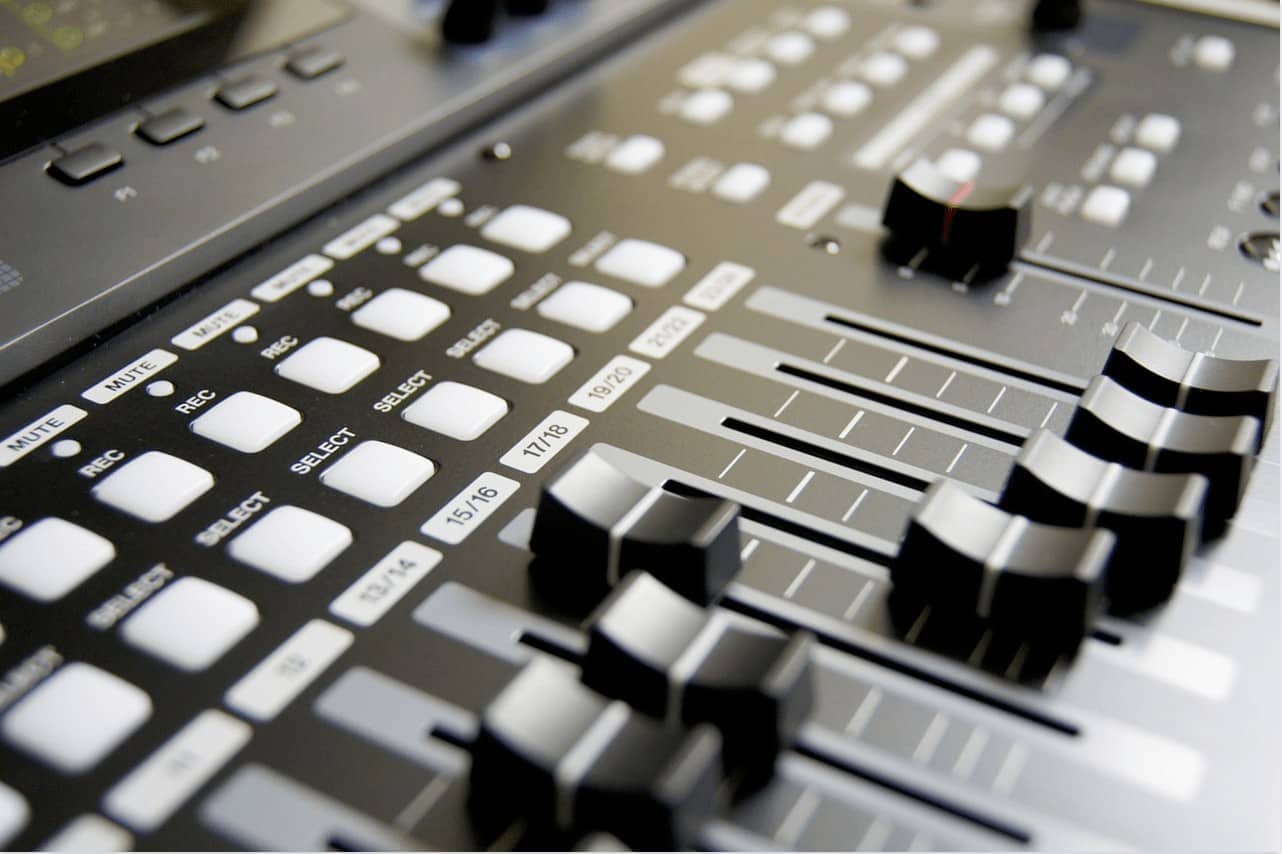
Advice On Interpreting The Lesson
Here’s how I advise learning and practising this content:
- Make sure you can play and move the the barre chord shape on at least the E and A strings; adding the D string is is a great addition
- Memorise the root, 3rd and 8th intervals that make up the chord by saying them in your head (or out loud!) every time you play them!
- After you play each barre chord, immediately play the major scale rooted from that chord; Start to build a mental image of the chord shape, overlaid against the scale, and vice-versa; The scale overlaid against the chord.
- Once this feels mechanically comfortable, start to call out the interval numbers of each major sale note.
- After doing this for a little while, start to test yourself; Can you think of a random interval value within the scale and pick it out pretty quickly? It doesn’t have to be perfect, just get a feel for it.
- Now go back to your power-chord, and with the scale superimposed over it in your mind – do the same thing as step five.
Outcome
With enough practice, you should find both your chord and scale/fretboard knowledge expanding as you ‘attach’ visualisations to what you are playing.
Over time you will find that you have little sign posts all over the neck that you can take advantage of. Here’s a metaphor that might help you understand why you don’t need to know EVERYTHING off by heart on the guitar neck:
You move into a new town. You know no streets or local attractions. You know your home (our root note), and over time you start to know the neighbors, the name of the next street (our minor third) and the one after that (our eighth). These places act as little flags and land marks that we can remember much more quickly.
We can then do some quick calculations involving rudimentary math to figure more ‘sophisticated’ intervals using spatial awareness; before you know it you’ll have developed an instinct for where things are on the fretboard without having to think about it. Just like popping to the corner shop for milk 🙂


